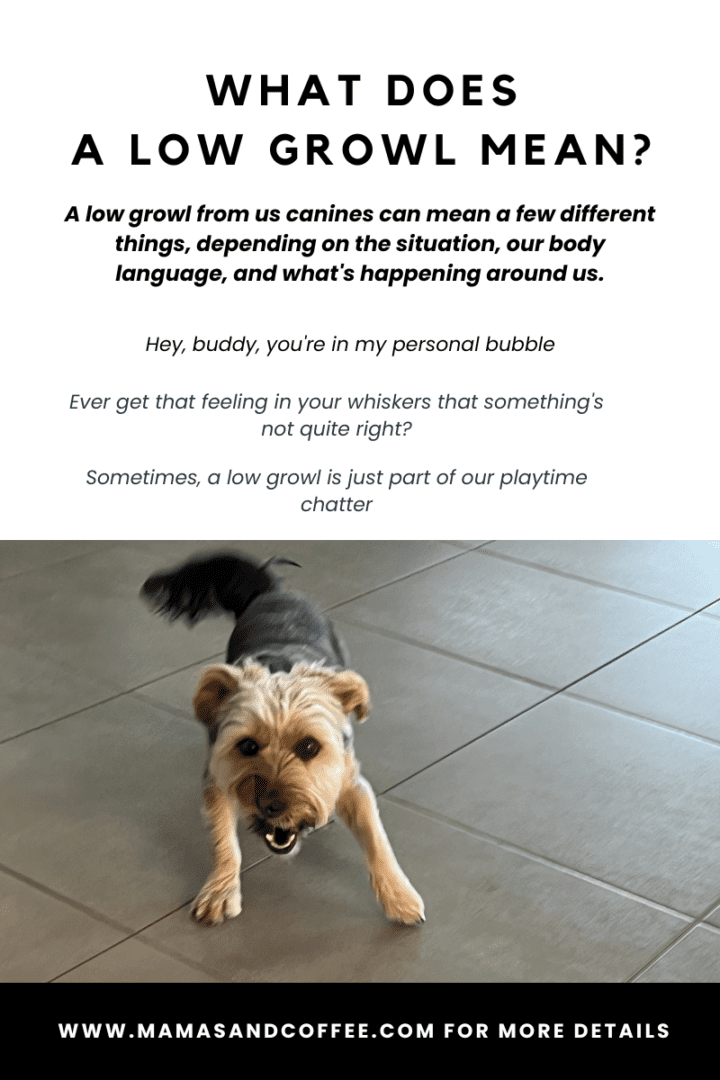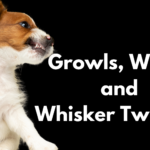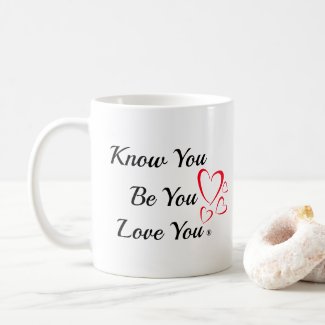Oh, hello there, hoomans! 🐾 It’s me, Tiana The Terrier, your fun-loving, mischief-making friend in the fur-covered world of doggos. Today, I’m here to bark, I mean, talk about something super important – the art of the low growl. 🐶 Yes, you heard me right. We dogs have our very own secret language, and the low growl is like our Morse code, only way cooler and furrier.
Now, put on your detective hats, folks, ’cause we’re about to decode this mystery together!
What Does a Low Growl Mean? 🤔
First off, let’s get one thing straight: not all growls are created equal. A low growl from us canines can mean a few different things, depending on the situation, our body language, and what’s happening around us. So, let’s sniff out the nuances, shall we?
1. The “I’m Not Comfortable” Growl
Imagine you’re cozily snoozing on your favorite couch, dreaming about chasing squirrels, and suddenly someone tries to hug you from behind. You might let out a low growl, saying, “Hey, buddy, you’re in my personal bubble.” It’s our polite way of saying we’re not quite comfortable with what’s happening. Remember, respect the bubble!
2. The “Something’s Fishy” Growl
Ever get that feeling in your whiskers that something’s not quite right? Maybe there’s a stranger lurking about, or perhaps the cat next door is plotting world domination again. That low growl is our alarm system, alerting our beloved humans that we’re on guard duty, keeping an eye (and a nose) out for trouble.
3. The Playful Prelude
Here’s where things get wiggly and fun! Sometimes, a low growl is just part of our playtime chatter. It’s like saying, “Bring it on!” as we prepare for a playful tussle or a spirited game of tug-of-war. So, don’t fret if you hear us growling during play – it’s all part of the game.
Reading the Signs
Understanding the meaning behind a low growl is all about context. Look for clues in our body language:
- Relaxed Body: If we’re loose and wiggly, it’s likely a playful growl.
- Tense Body: A stiff posture might mean we’re feeling uneasy or on alert.
- Tail Wagging: A wagging tail can indicate excitement or playfulness, but watch the speed and pattern!
- Eyes: “Whale eye” (when you see the whites of our eyes) or a hard stare can indicate discomfort.
What to Do?
If you think we’re feeling uneasy or alerting you to danger, the best approach is to calmly assess the situation. Give us some space, remove the source of our discomfort if possible, and avoid sudden movements. And always, always, treats are appreciated. 😉
So there you have it, hoomans—the inside scoop on what a low growl might mean from Tiana The Terrier. Remember, dogs are complex creatures with a rich language of barks, growls, and tail wags. The more you tune in to our signals, the better we’ll understand each other, leading to a pawsitively fantastic friendship.
Until next time, keep those tails wagging, and stay curious!

Oh, P.S.
For a deeper dive into understanding dog growls and their meanings, you might want to check out a couple of helpful resources I found well searching the web. The American Kennel Club offers an insightful piece on why dogs growl and how to handle it. They explore various reasons behind dog growls, such as play, warning signs, and stress, and provide guidance on interpreting these vocalizations based on the context and body language.
Another FABulous read comes from The Wildest, where a study conducted by scientists in Hungary is discussed. This research involved recording dogs’ growls in different situations and analyzing their sounds. The study revealed distinct differences in the structure of growls depending on the context, such as play versus threat, and how humans can learn to distinguish between these growls, shedding light on the complexity of canine communication.
Both of these articles offer valuable insights into the nuanced world of dog communication, helping dog owners and enthusiasts better understand and respond to their furry friends’ vocal signals.

 Do you want to join a fun, supportive group of women? Come on over to our supportive, loving and fun facebook group. Mamas and Coffee® is all about the REAL of womanhood. Join Us.
Do you want to join a fun, supportive group of women? Come on over to our supportive, loving and fun facebook group. Mamas and Coffee® is all about the REAL of womanhood. Join Us.
- Growls, Wags, and Whisker Twitches - March 18, 2024
- Top Dog Toys for Small Dogs: Keep Your Pup Entertained and Healthy - August 28, 2023
- 5 Fruits That Make a Perfect Snack for Dogs with a Sensitive Stomach - July 11, 2023




